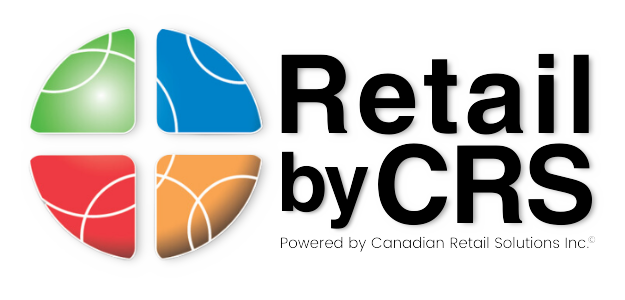Chip and PIN (EMV) Credit Cards
There are some major changes coming into effect in the debit and credit card processing world which are causing considerable confusion for many retailers. As the premier Point of Sale (POS) and Inventory Management Software provider in Canada, Canadian Retail Solutions Inc. monitors the issues that affect our retailers. We want to help you understand how these changes will affect your business, and how Canadian Retail Solutions Inc. is addressing them. This article is the first in a series intended to help you, as a retailer, understand the implications of these changes to your credit card and payment processing systems.
What is Chip & PIN (EMV)?
You may have been notified recently by your payment and credit card processor regarding the availability of credit card Chip and PIN (otherwise known as EMV) and issues with compatibility. Simply put, there is now a new breed of credit and debit cards that are embedded with a chip which will help to maintain a much higher level of security for credit card payment processing.
The switch to this new type of card has been mandated by the credit card companies. They have outlined the following effective dates:
October 2010 – Liability for fraudulent card use shifts from financial institution to retailer
2012 – Magnetic Stripe no longer accepted at ATM
2015 – Magnetic Stripe no longer accepted at Point of Purchase
What does this mean to you?
As of October 2010, merchants are required to support EMV transactions either through their point of sale system or a separate pinpad terminal. If you support EMV transactions and comply with security protocols, you will help to limit your liability for card fraud charges. However, if you do not support EMV transactions and comply with security standards, moving forward you, the retailer, will be liable for card fraud charges.
